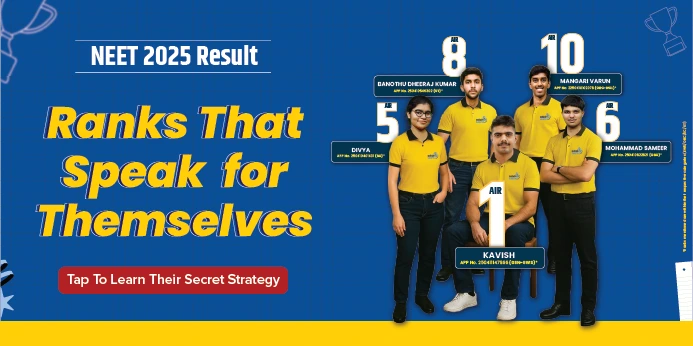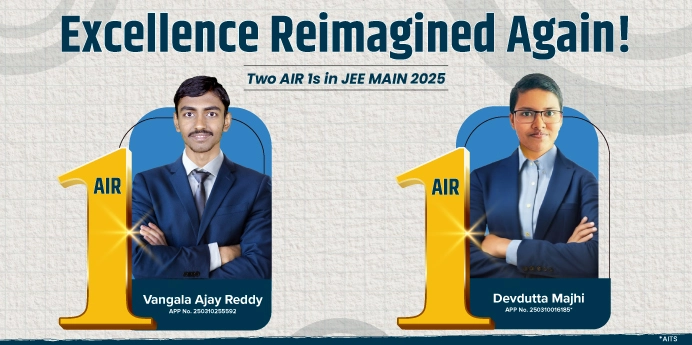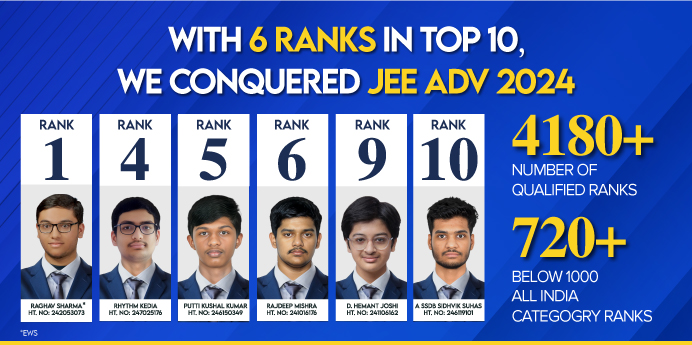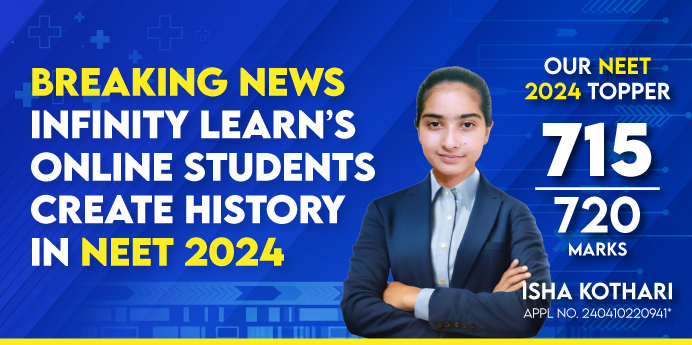










Courses

By Ankit Gupta
|
Updated on 4 Nov 2025, 14:42 IST
The CBSE Class 10 Syllabus 2025-26 is very important for students because it helps them understand what they need to study during the academic year. Class 10 is a turning point in a student's life. The marks and knowledge gained in this class lay the foundation for future studies in Classes 11 and 12 and help students choose the right stream – Science, Commerce, or Arts.
The class 10 syllabus 2025-26 is designed by the Central Board of Secondary Education (CBSE). It focuses on skill-based learning, practical knowledge, and strong understanding of key concepts. The syllabus is divided into five main subjects – English, Hindi, Mathematics, Science, and Social Science. Each subject has a well-structured syllabus, which includes both theory and practical or internal assessment components.
The CBSE syllabus 2025-26 class 10 encourages students to think, ask questions, and understand the “why” behind every concept. For example, the CBSE Class 10 English Syllabus 2025-26 helps students build strong language and communication skills. The CBSE Class 10 Science Syllabus 2025-26 helps students understand how the world around them works, using real-life examples in Physics, Chemistry, and Biology. The CBSE Class 10 Maths Syllabus 2025-26 develops logical thinking and problem-solving skills, while the CBSE Class 10 Social Science Syllabus 2025-26 builds awareness about history, geography, politics, and economics.
For language lovers, the CBSE Class 10 Hindi Syllabus 2025-26 is a great way to explore Hindi literature, grammar, and writing skills. All subjects are taught with a focus on both knowledge and skill development. This means that students will not only study from books but will also learn through activities, projects, and experiments.
Do Check: CBSE Class 10 Exam
Overall, the CBSE Class 10 syllabus helps students grow in many ways. It is not just about preparing for exams but also about learning how to think clearly, communicate well, and become responsible individuals. Students, teachers, and parents must understand the syllabus well so that learning becomes easier and more focused.
This guide will help you understand each subject in the CBSE class 10 syllabus 2025-26 in detail so that you can plan your studies and prepare for your board exams with full confidence.
The CBSE Syllabus 2025-26 Class 10 includes five core academic subjects:

| Subject Name | Subject Code | Core Focus |
| English | 184 | Language, Literature, Grammar, Writing |
| Hindi (A/B) | 002 / 085 | Literature, Grammar, Reading, Writing |
| Mathematics | 041 | Algebra, Geometry, Trigonometry, Arithmetic |
| Science | 086 | Physics, Chemistry, Biology |
| Social Science | 087 | History, Geography, Civics, Economics |
Each of these subjects has been updated as part of the Class 10 Syllabus 2025-26, aligned with NEP 2020 guidelines and competency-based education.
The CBSE Class 10 English Syllabus 2025-26 is divided into three sections: Reading, Writing & Grammar, and Literature.

JEE

NEET

Foundation JEE

Foundation NEET

CBSE
This section aims to assess comprehension, interpretation, inference, and vocabulary.
| Question Type | Details |
| Unseen Passage | Factual, discursive or literary |
| Case-based Passage | Based on statistical data, charts, etc. |
Writing Tasks
| Type | Word Limit | Topics |
| Formal Letter | 100-120 | Letter to the Editor, Complaint letter, Application |
| Analytical Paragraph | 100-120 | Based on pie chart, bar graph, table, data |
Grammar Focus
The CBSE Class 10 English Syllabus 2025-26 literature is split into two textbooks:

First Flight (Prose and Poetry):
| Chapter Type | Chapter Name |
| Prose | A Letter to God, Nelson Mandela, Two Stories about Flying, From the Diary of Anne Frank, The Hundred Dresses – I & II, Glimpses of India, Mijbil the Otter, Madam Rides the Bus, The Sermon at Benares, The Proposal |
| Poetry | Dust of Snow, Fire and Ice, A Tiger in the Zoo, How to Tell Wild Animals, The Ball Poem, Amanda!, Animals, The Trees, Fog, The Tale of Custard the Dragon, For Anne Gregory |
Footprints Without Feet (Supplementary Reader):
| Chapter Name |
| A Triumph of Surgery, The Thief’s Story, The Midnight Visitor, A Question of Trust, Footprints Without Feet, The Making of a Scientist, The Necklace, The Hack Driver, Bholi, The Book That Saved the Earth |
The CBSE Class 10 Hindi Syllabus 2025-26 is offered in two courses: Hindi A (Code: 002) and Hindi B (Code: 085).
| Component | Weightage |
| Reading | 10 Marks |
| Writing | 15 Marks |
| Grammar | 15 Marks |
| Literature | 40 Marks |
The CBSE Class 10 Maths Syllabus 2025-26 is structured to enhance problem-solving and analytical skills. There are two levels of Maths: Standard and Basic.
| Unit | Topics |
| Number Systems | Real Numbers |
| Algebra | Polynomials, Quadratic Equations, Arithmetic Progression |
| Coordinate Geometry | Distance Formula, Section Formula |
| Geometry | Triangles, Circles, Constructions |
| Trigonometry | Trigonometric Ratios, Heights & Distances |
| Mensuration | Surface Area & Volume |
| Statistics & Probability | Mean, Median, Mode, Probability |
The CBSE Class 10 Science Syllabus 2025-26 integrates concepts from Physics, Chemistry, and Biology.
| Branch | Chapters |
| Physics | Light - Reflection & Refraction, The Human Eye & the Colourful World, Electricity, Magnetic Effects of Electric Current |
| Chemistry | Chemical Reactions, Acids-Bases-Salts, Metals & Non-Metals, Carbon & Compounds, Periodic Classification |
| Biology | Life Processes, Control & Coordination, How Do Organisms Reproduce?, Heredity & Evolution, Our Environment |
The CBSE Class 10 Social Science Syllabus 2025-26 is divided into four parts: History, Geography, Political Science, and Economics.
| Part | Topics |
| Class 10 History Syllabus | The Rise of Nationalism in Europe, Nationalism in India, Making of a Global World, The Age of Industrialisation |
| Class 10 Geography Syllabus | Resources & Development, Water Resources, Agriculture, Minerals, Manufacturing Industries, Lifelines of National Economy |
| Class 10 Civics Syllabus | Power Sharing, Federalism, Democracy & Diversity, Gender & Religion, Political Parties, Outcomes of Democracy |
| Class 10 Economics Syllabus | Development, Sectors of Indian Economy, Money and Credit, Globalisation and Indian Economy |
All subjects under the CBSE Class 10 Syllabus include 20 marks of internal assessment, as follows:
| Component | Marks |
| Periodic Tests | 10 |
| Notebook Submission | 5 |
| Subject Enrichment Activities | 5 |
This is applicable to the CBSE Class 10 English Syllabus, Hindi, Maths, Science, and Social Science.
The CBSE Class 10 Syllabus 2025-26 offers a balanced, holistic, and application-oriented structure. Each subject—whether it’s the CBSE Class 10 English Syllabus 2025-26, CBSE Class 10 Hindi Syllabus 2025-26, or technical subjects like Maths, Science, and Social Science—focuses on building foundational skills required in higher classes and real-life applications.
By understanding this updated class 10 syllabus 2025-26, students and parents can better prepare for the academic year and strategically approach board examinations.
No courses found
The CBSE Class 10 Syllabus 2025-26 is the official course structure designed by the Central Board of Secondary Education (CBSE) for Class 10 students. It includes five core subjects: English, Hindi, Mathematics, Science, and Social Science. Each subject has a specific list of chapters, units, and topics that students must study during the academic year.
Yes, CBSE has made slight changes to align with the National Education Policy (NEP 2020). The class 10 syllabus 2025-26 focuses more on concept clarity, real-life applications, and competency-based learning. Some chapters may have been added, removed, or updated in subjects like Science and Social Science.
You can download the latest CBSE class 10 syllabus 2025-26 for all subjects from the official CBSE website: https://cbseacademic.nic.in. You can also find subject-wise PDFs for CBSE Class 10 English Syllabus 2025-26, CBSE Class 10 Science Syllabus 2025-26, and others on trusted educational platforms and school websites.
The main subjects in the CBSE class 10 syllabus include:
Each subject has theory, internal assessments, and practical activities based on the syllabus.
Yes, every subject in the CBSE syllabus 2025-26 class 10 includes 20 marks for internal assessment. This consists of:
The CBSE Class 10 English Syllabus 2025-26 includes:
This syllabus helps students improve reading, writing, grammar, and literature skills.
To prepare well:
Staying updated with the latest syllabus and focusing on regular revision is the key to scoring well.